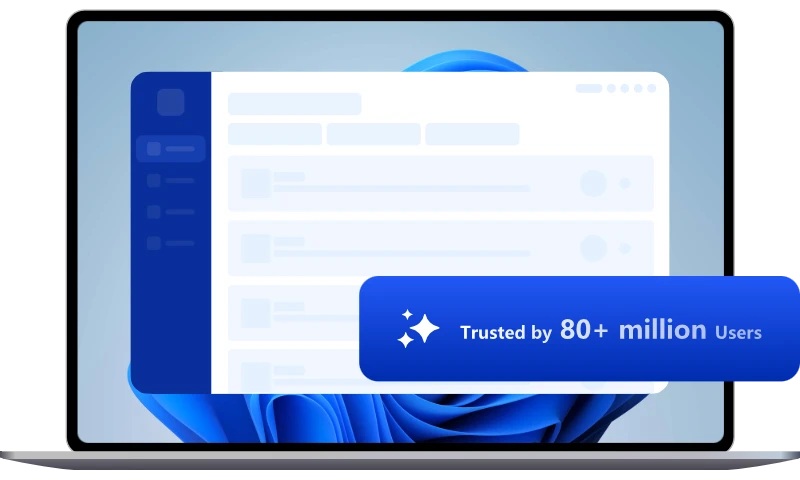Microsoft is Working to Fix the Exchange Server Failure in 2022
With the date jumping from December 31, 2021 to January 1, 2022, many companies using Microsoft Exchange encountered a Y2K-like error.
With the date jumping from December 31, 2021 to January 1, 2022, many companies using Microsoft Exchange found that their written New Year's wishes and other emails were suddenly not sent out, which led to the suffering of programmers worldwide.
A Y2K-like problem occurs with Exchange Server in 2022
Exchange Server is a set of email service components introduced by Microsoft that can be used to build email systems for businesses, universities or institutions. Simply put, it can be used to not only build "mailbox workgroups" but also to coordinate internal workflows and so on.
These companies have a lot of emails lingering in their mailbox servers, some hundreds of thousands of them, and face the problem of not being able to store them on their servers. According to Joseph Roosen, an Exchange administrator, this is a bug caused by the arrival of "2022".
The root cause of this bug, is Microsoft Exchange above the mail filtering management system (FIP-FS), using a signed variable called "yymmddHHMM" (Int32, that is, long) to store the date.
Now Microsoft says, "We have created a solution to address the issue of messages stuck in the transport queue on Exchange Server 2016 and Exchange Server 2019 because of a potential date issue in the signature file used by the malware scanning engine within Exchange Server. When the issue occurs, you will see errors in the application event log on Exchange Server, specifically events 5300 and 1106 (FIPFS)."
How to solve the problem manually
In lieu of using a script, customers can also perform the steps manually to resolve the issue and restore service. To resolve this issue manually, you must perform the following steps on each Exchange server in your organization.
Delete the existing engine and metadata
Stop the Microsoft Filter Management service. Click "Yes" when you are prompted to also stop the Microsoft Exchange Transport Service.
Use Task Manager to make sure updateservice.exe is not running.
Remove the following folders: %ProgramFiles%\Microsoft\Exchange Server\V15\FIP-FS\Data\Engines\AMD64\Microsoft.
Remove all files from the following folder: %ProgramFiles%\MicrosoftExchange Server\V15\FIP-FS\Data\Engines\metADATA.
Update to the latest engine
Start the Microsoft Filtering Management Service and Microsoft Exchange Transport Service.
Open the Exchange Management Shell, navigate to the Scripts folder (%ProgramFiles%\Microsoft\Exchange Server\V15\Scripts), and run Update-MalwareFilteringServer.ps1 .
Verify the engine update information
In Exchange Management Shell, run Add-PSSnapin Microsoft.Forefront.Filtering.Management.Powershell.
Run Get-EngineUpdateInformation and verify that the UpdateVersion information is 2112330001.

